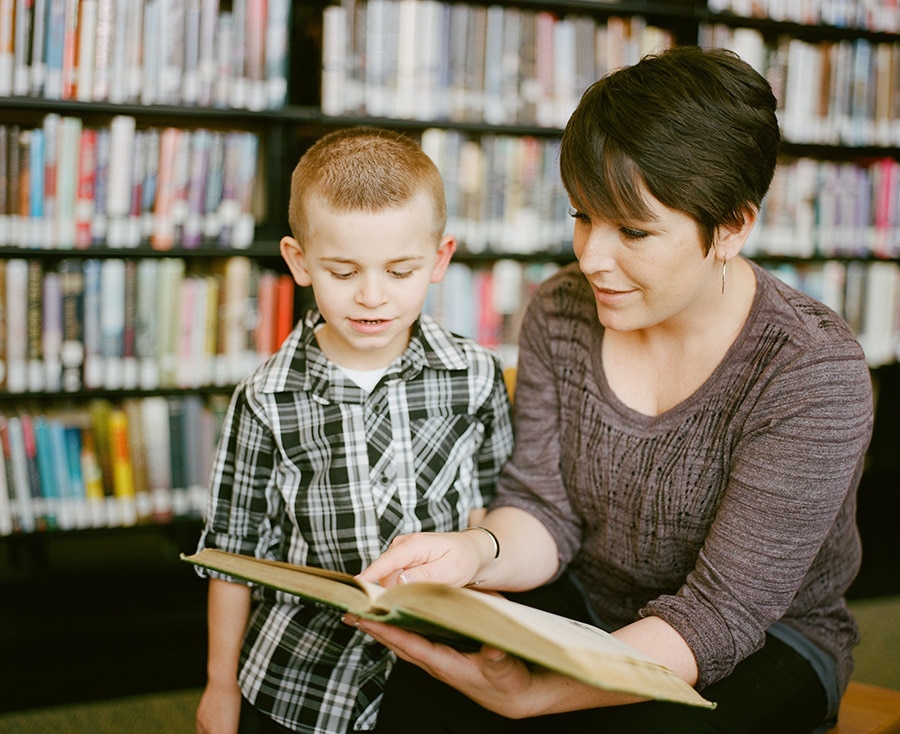Transitioning back to school can be a daunting experience for both parents and children alike. The adjustment period can often be accompanied by stress and anxiety. However, parents play a crucial role in easing this transition and ensuring that everyone feels successful. In this blog post, we will provide you with valuable tips to make the return to school a more manageable and positive experience for your child.
1) Set Schedules and Maintain Consistency
a. Establish a Set Bedtime:
Consistent sleep patterns are essential for a child’s well-being and academic performance. Ensure your child gets enough rest by setting a bedtime and sticking to it.
b. Create Daily Routines:
Routines help children know what to expect. Establish morning, after-school, and bedtime routines to provide structure and stability in their daily lives.
c. Family Dinners:
Whenever possible, aim to have family dinners at a consistent time. This fosters a sense of togetherness and allows for meaningful communication about the day’s events.
2) Make Mornings Easier with Nighttime Preparation
a. Prep the Night Before:
Simplify hectic mornings by packing backpacks, preparing lunches, and organizing sports bags the night before. Lay out your child’s clothes, so they can get ready more efficiently.
3) Equip Your Child with Coping Skills
a. Cope Ahead:
Help your child anticipate and manage anxiety or frustration by planning ahead. Discuss potential challenges and come up with strategies together.
b. Grounding Skills:
Teach your child grounding techniques, such as the “5 senses” exercise, which helps them stay present and calm during stressful moments.
c. Distraction:
Encourage healthy distractions like listening to music or watching a movie when needed to alleviate stress.
d. Deep Breathing:
Teach your child deep breathing exercises to help them relax and reduce anxiety.
e. Physical Activity:
Engaging in physical activities like jumping jacks or going for a short walk can release pent-up energy and tension.
4) Open Communication About Your Child’s Day
a. Ask Specific Questions:
Foster meaningful conversations by asking your child about their day. Inquire about their highs and lows, what they learned, something they look forward to, a moment of pride or kindness, and any worries they may have about the next day.
5) Allocate Time for Rest and Reset
a. Outdoor Time:
Encourage your child to spend time outdoors. Fresh air and nature can be rejuvenating and help alleviate stress.
b. Play Together:
Engage in playful activities with your child to create positive bonding experiences.
c. Limit Screen Time:
Set reasonable limits on screen time to ensure your child has ample opportunities for other activities.
6) Remember, This Is a Transition for You Too
a. Take Short Breaks:
As a parent, don’t forget to carve out a few moments for self-care. Even just 10-15 minutes can make a difference in reducing stress.
b. Give Yourself Grace:
Understand that the transition back to school can be challenging for parents as well. Be patient with yourself and acknowledge that it’s okay to seek support when needed.
Conclusion
In conclusion, transitioning back to school can be a significant adjustment for both children and parents. By implementing these tips and fostering open communication, you can help your child navigate this transition successfully.
If you or your child are struggling with the back-to-school transition, consider reaching out to therapy services through your school’s social worker or guidance counselor. They can provide valuable resources and support to make this transition as smooth as possible. Remember, you’re not alone in this journey, and with the right strategies, you can help your child thrive in their school environment.


